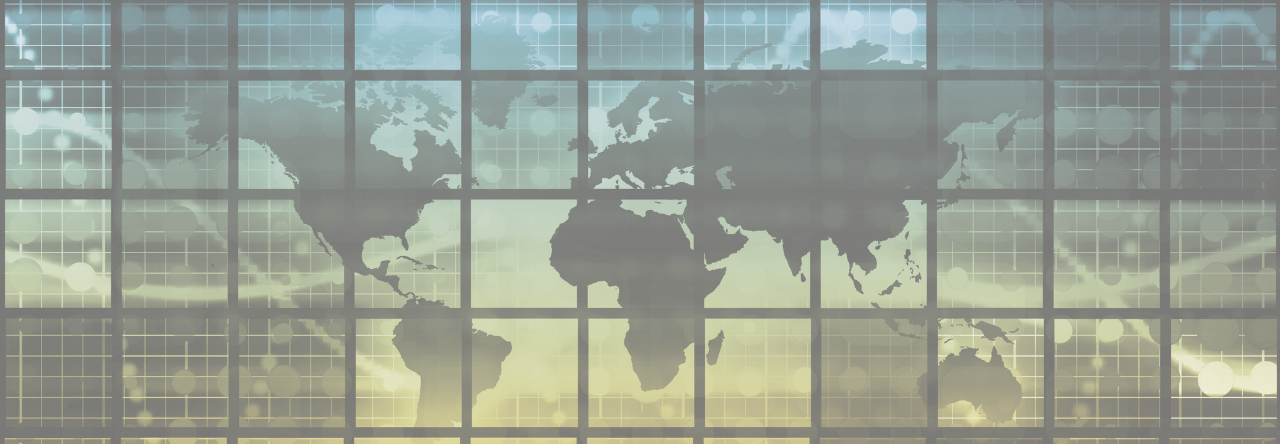This article is the English version of : Ombelyne Dagicour, « Géopolitique de l’Amazonie », published in Politique étrangère, Vol. 85, Issue 1, 2020.

The fires that ripped through the Amazon’s forests in 2019 brought new prominence to the challenge of balancing environmental and economic needs in this contested landscape. Often described as the “lungs of the planet,” the Amazon rainforest covers an area of over 7.5 million square kilometers and is a reservoir for biodiversity unmatched by anywhere else on Earth. The world’s largest hydrological system, the Amazon basin holds 20 percent of the world’s freshwater. With climate change picking up pace, there is a risk that the Amazon rainforest’s vast stores of carbon could be released as deforestation advances. Around ninety thousand forest fires were recorded in 2019, the highest figure for over a decade. The sight of the rainforest ablaze was met with international horror, prompting criticisms of the Brazilian government in general and President Jair Bolsonaro in particular. Already, the forest has shrunk by 20 percent in the space of just fifty years, according to figures from the World Wildlife Fund (WWF). Deforestation in the Brazilian Amazon has almost doubled since 2018, with industrial monoculture and mineral extraction making ever-greater inroads into the tropical belt.



Vous devez être connecté pour poster un commentaire.